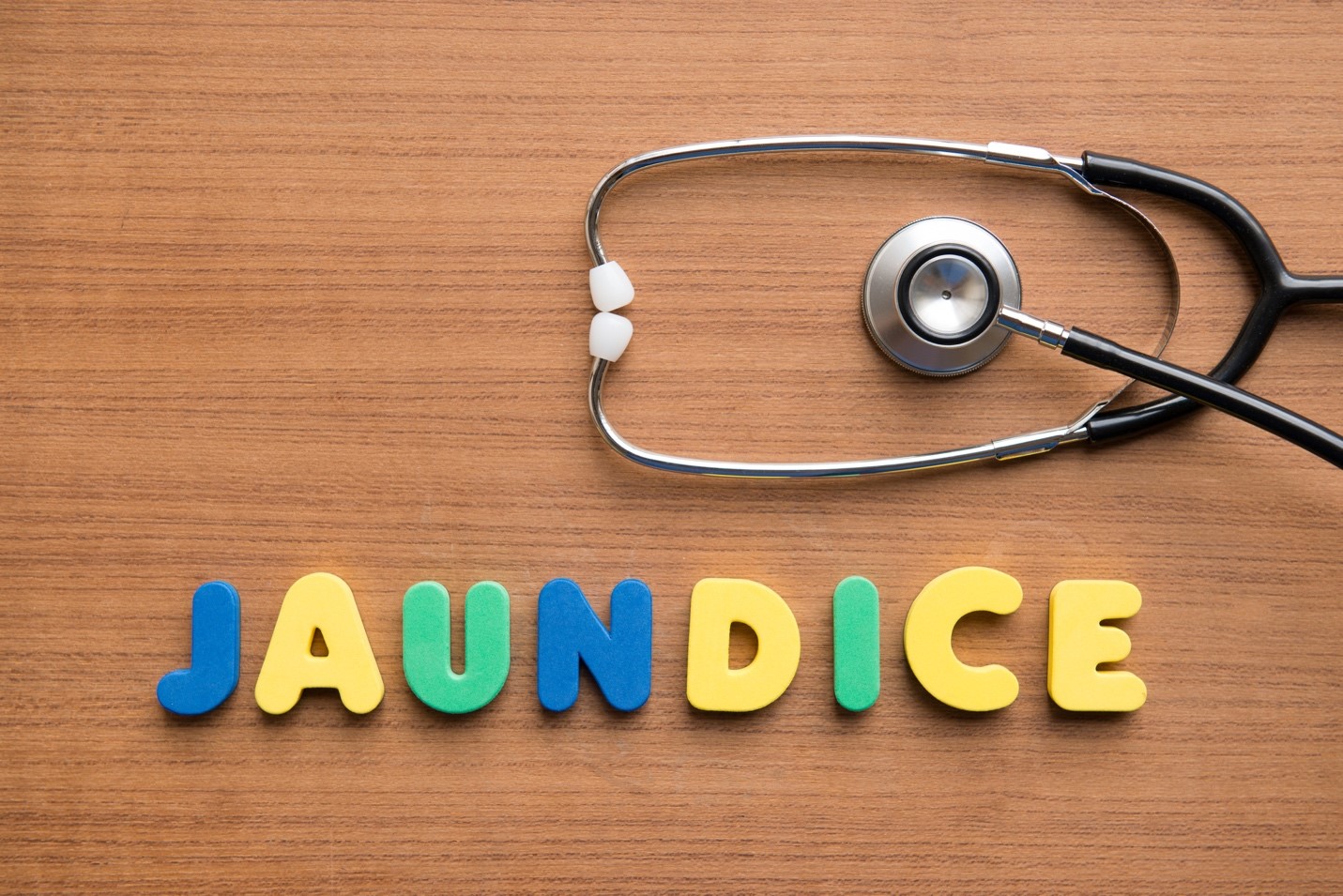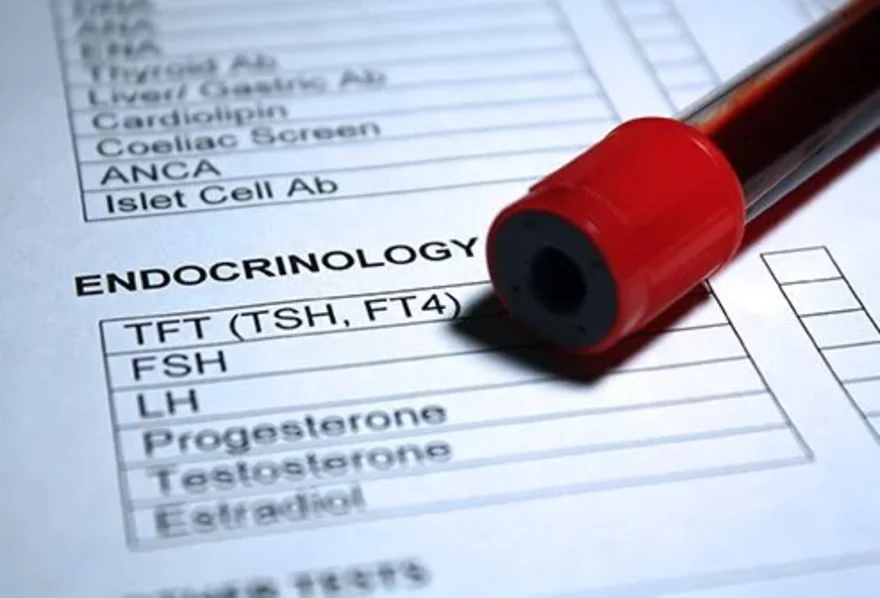Preventive Healthcare
Jaundice - Signs, Causes, Diagnosis and Treatment
4003 Views
0

Whenever you see a yellow tinge on someone's skin or the whites of their eyes, it is usually a sign of jaundice. This disease occurs when a surplus of bilirubin, a yellow pigment, is in the blood. Bilirubin is produced when red blood cells are broken down.
Usually, the liver removes it from the blood and excretes it as bile. It is essential for the proper function of many enzymes in the body. Although jaundice may not appear to be a disease, it is usually a symptom of an underlying medical condition.
What is Jaundice?
Jaundice is a disease that causes a yellowish appearance on the skin and mucous membranes due to an abnormal accumulation of bile pigment. Usually, this yellow colour first appears on the mucous membranes and the eyes and then spreads throughout the rest of the body.
When jaundice appears in adults, it can be treated with a good prognosis. However, it can cause liver failure. However, the WHO has warned that the appearance of diseases such as jaundice or bacterial infections in newborns requires effective treatment in almost 30 million neonatal patients worldwide and puts their lives at risk.
Types of Jaundice
There are three types of jaundice:
- Prehepatic (hemolytic) jaundice: It appears when too many red blood cells break down. This process is called hemolysis. When too many red blood cells break down at once, a large amount of bilirubin is released that the liver cannot handle. Prehepatic jaundice happens, for example, with hereditary types of anaemia, when a person's erythrocytes (red blood cells) have a unique shape and are prone to more rapid destruction.
- Hepatic (parenchymal) jaundice: This type is associated with damage to the liver and its filtering ability.
- Subhepatic (mechanical) jaundice: This type occurs due to blockage of the bile ducts that connect the liver, gallbladder, and intestines.
Bile ducts are a pair of tubes that appear like blood vessels but carry bile from the liver to the gallbladder. If the obstruction does not allow the liver to remove excess bilirubin, serious malfunctions occur in its work, provoking jaundice. This happens due to gallstones, enlarged lymph nodes or tumours.
Signs of Jaundice
The main signs of jaundice are as follows:
- The yellowish appearance of the skin: This happens because a large amount of bilirubin accumulates in the blood, resulting in the tissues and organs turning yellow.
- Spontaneous episodes of abdominal pain and palpitations: You may feel pain in the abdomen and have heart palpitations. It is because when bilirubin accumulates in the blood, it irritates the stomach lining and intestines.
- Drowsiness, confusion, or agitation: Jaundice can lead to drowsiness, confusion, or agitation because it alters the metabolism of neurotransmitters and causes a deficiency in vitamin B12.
- Vomiting blood: If you vomit blood, it is a sign of damage to the liver or bile ducts. If you are facing this problem, you should see a doctor immediately.
- Fever: This is the most common sign in infants and young children. Many times, it is the only sign that parents notice.
- Easier bruising and excessive bleeding: If you find it easy to bruise or have excessive bleeding, it is because the liver is not producing enough of the clotting factors that help to stop bleeding.
Before the appearance of these signs, it is important to go to a medical professional to examine and make a more specific diagnosis with its consequent treatment.
Causes of Jaundice
There can be many reasons why a person has jaundice, such as:
- Liver damage: When the liver is damaged, it can't remove bilirubin from the blood as effectively. This can cause bilirubin to build up, leading to jaundice.
- Blockage of the bile ducts: The bile ducts are responsible for carrying bilirubin from the liver to the intestine, which is then excreted in the stool. If these ducts are blocked, bilirubin can back up and cause jaundice.
- Hemolytic anaemia: This is a condition where there is increased destruction of red blood cells. This can lead to increased bilirubin levels and, subsequently, jaundice.
- Gilbert's syndrome: This is a hereditary disorder that affects the liver's ability to handle bilirubin. People with this condition are more likely to develop jaundice after fasting or emotional stress.
- Crigler-Najjar syndrome: This rare inherited disorder affects the liver's ability to handle bilirubin. It is usually more severe than Gilbert's syndrome and can be life-threatening.
- Infections: Viral infections, such as hepatitis A, B, and C, can damage the liver and lead to jaundice. Other diseases, such as mononucleosis, can also cause jaundice.
Jaundice Treatment
A preliminary diagnosis can be made by skin colour, but jaundice is not a disease but a syndrome. Therefore, all further diagnostics after the initial examination will be aimed at identifying the cause of the symptoms.
With yellowing of the skin or sclera, the following tests should be taken:
- General blood analysis
- General urine analysis
- Blood chemistry, including a blood test for total bilirubin and direct bilirubin
- Urinalysis for total bilirubin and direct bilirubin
- Blood for antibodies to viral hepatitis
The next step is to check the hardware. An ultrasound of the liver and biliary tract is sometimes required. A physician may also order an MRI or tomography.
Treatment is selected depending on the causes of jaundice and the condition of the internal organs. Jaundice has many types and manifestations, and its treatment is also varied.
Conclusion
Different types of jaundice are dealt with by different specialists: therapists, infectious disease specialists, haematologists, and oncologists. Which specialist will become the primary attending physician will be clear after the examination. It is right to start the examination with the delivery of laboratory tests and contact a therapist.
 Home Visit
Home Visit Upload
Upload














1701259759.webp)









 WhatsApp
WhatsApp